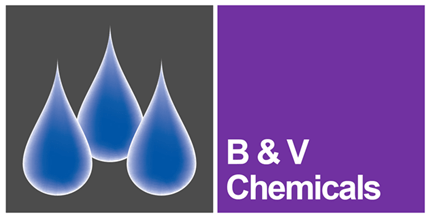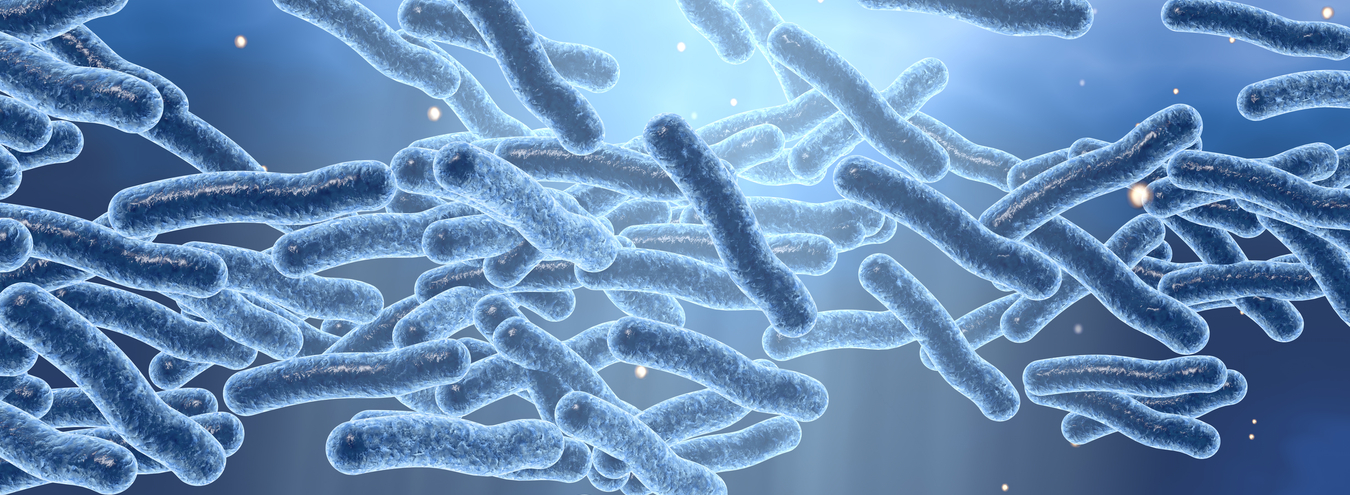You may have heard that Legionella bacteria can be dangerous to humans and can lead to the development of Legionnaires’ disease. You may also know, that as a UK employer or someone in control of a company’s premises, you need to understand and manage the risk from Legionella.
But what exactly is Legionella? What is Legionnaires’ disease? How do people become infected? And what responsibilities do you have as an employer?
What is Legionella?
Legionella is a group of bacteria with at least 50 identified species. The name Legionella was given to this group of bacteria following the outbreak of an unknown (at the time) disease which affected a large group of US military veterans attending a convention of the American Legion in Philadelphia in 1976 that resulted in 182 reported cases and 29 deaths. The disease was named Legionnaires’ disease and it was caused by a previously unknown bacteria subsequently named Legionella pneumophila.
Where are Legionella bacteria found?
Legionella bacteria are widespread in the environment and are commonly found in natural fresh water including rivers, lakes, streams and ponds. They may also be found in wet soil. It is thought that Legionella bacteria also survive in water as intracellular parasites of water-dwelling protozoa, such as amoebae. Despite the high standard of drinking water treatment in the UK, Legionella bacteria are able to travel through the water supply and distribution network. There is a strong likelihood that very low concentrations of the bacteria exist in all water systems including those in buildings.
What is Legionnaires’ disease?
Legionnaires’ disease is a form of pneumonia caused by several species of Legionella bacteria, with most cases in the UK being caused by Legionella pneumophila. The manner in which amoeba ‘engulf’ Legionella bacteria is similar to the way human immune cells ‘engulf’ bacteria to destroy them. It is believed this may be part of the reason why Legionella bacteria cause Legionnaires’ disease in humans.
Over 90% of cases of Legionnaires' disease are caused by Legionella pneumophila. Other types include L. longbeachae, L. feeleii, L. micdadei, and L. anisa. Legionella. pneumophila is divided into 15 serogroups. L. pneumophila serogroup 1, accounts for 70% of disease caused by L. pneumophila. Two kinds of disease are observed in humans:
- Legionnaires’ disease is a severe pneumonia (incubation time 2–10 days); mortality is about 15% and Legionella may be detected in sputum and tissues. Legionnaires’ disease typically infects people who have a suppressed immune system or another underlying disease.
- Pontiac fever is a febrile illness of 2–6 days’ duration, with an incubation time of 1–7 (normally 3) days; it is nonpneumonic (cough is observed in about 50% of cases) and self-limiting, and accompanied by headache and myalgia.
How do people develop Legionnaires’ disease?
For an individual to develop Legionnaires’ disease, the bacteria have to enter the lungs. Possible modes of infection are:
- Inhalation of aerosol droplets of water, or drop nuclei (the speck of dust that remains when the water in a droplet evaporates). This is considered to be by far the most likely possibility.
- Aspiration (the inhalation of liquid from the nose and mouth when choking)
- Use of invasive breathing techniques such as tracheotomies
- Inhalation of infected soil particles.
Cooling towers are the commonest source of outbreaks of the disease but other sources include (but are not limited to) spa baths, showers and fountains.
How long does it take for symptoms to develop?
The length of time between exposure to the bacteria and the appearance of symptoms (incubation period) is generally 2–10 days, but can rarely extend to as long as 20 days. For the general population, among those exposed, between 0.1 and 5.0% develop the disease, while among those in hospital, between 0.4 and 14% develop the disease.
What responsibilities do UK employers have?
In the UK every employer, or person in control of premises (e.g. landlord), has a duty to understand assess and manage the risk from Legionella. This is enshrined in the Legionnaires’ disease HSG 274 Technical Guidance HSG 274, published by the HSE.
Responsibilities include:
- Identifying and assessing sources of risk
- Preparing a scheme to prevent or control risk
- Implementing, managing and monitoring precautions
- Keeping records of precautions
- Appointing a manager responsible for others
The guidance covers three core areas:
- The control of legionella bacteria in evaporative cooling systems
- The control of legionella bacteria in hot and cold water systems
- the control of legionella bacteria in other risk systems
Legionnaires’ disease can present a serious threat to your business is you don’t have the right processes and policies in place to prevent, assess and manage the risk. Any employees who develop Legionnaires’ disease mat be off work for a considerable period of time. Plus the financial implications of failing to control the risks can be huge.




